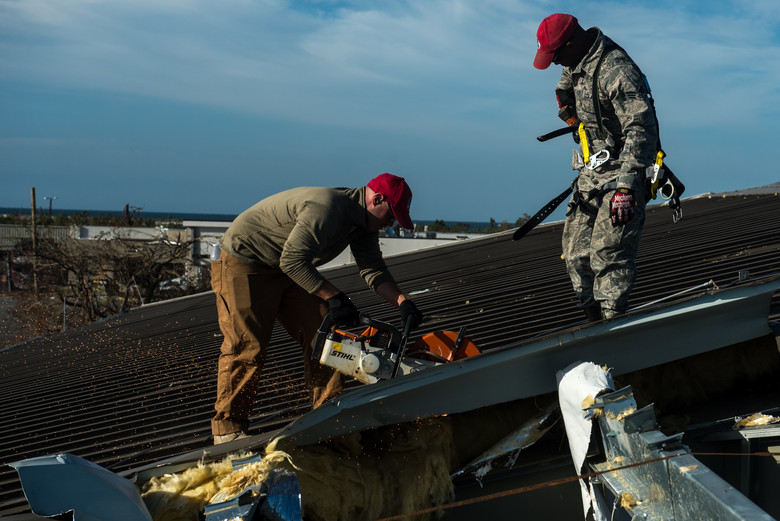How Do You Know If a Roofer Did a Good Job?
Posted by Corey Zeller Comments Off on How Do You Know If a Roofer Did a Good Job? Uncategorized
How Do You Know If a Roofer Did a Good Job?
Home improvement and maintenance are essential in prolonging the life of your house. Roof repair is one of the most significant home improvement projects you can undertake. The costs of installing a new roof range in the tens of thousands of dollars. Unfortunately, the hefty price tag attracts lots of questionable workmanship.
A bad roofing job can cause serious damage to your entire house causing leaks, mold, and even interference with electric wiring. The effects may not appear immediately, but over time as walls absorb water, they’ll begin to show. To ensure proper roof system installation, it’s a good idea to be on-site while the contractors are at work. However, that’s not always a feasible option.
The best option is to hire an experienced and reputable roofing contractor to get the job done. After the job has been completed, it’s important that you do a visual inspection to check for signs of shoddy workmanship.
Your Roofing Contractor Removed Old Layers
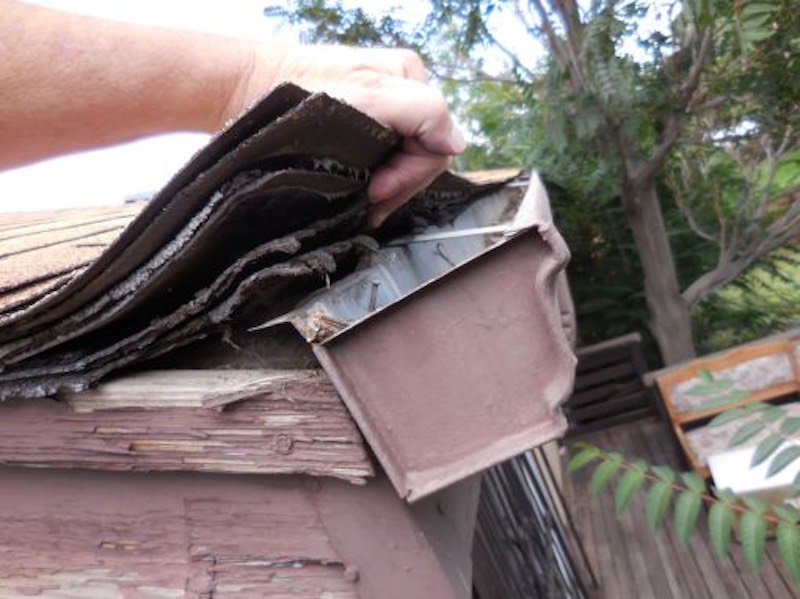
The first step in a roof replacement project is removing the old layers. Roofing layers can be spotted when conducting a visual inspection. When your roofer gives you a cost estimate, they will tell you the number of shingle layers to be installed. If your roof has more layers than quoted by the end of the job, then you know your roofer didn’t remove the old layers.
Here’s why good contractors remove old roofing layers before installation:
- -To prevent improper inspection
- -To have a smooth and flat roof finishing
- -To create room for installing water and ice break barriers
- -To prevent weight strain which leads to structural problems
- -To abide by building regulations that limit the number of layers a roof can have
- -To protect the property value
Your Roof Looks Even and Uniform
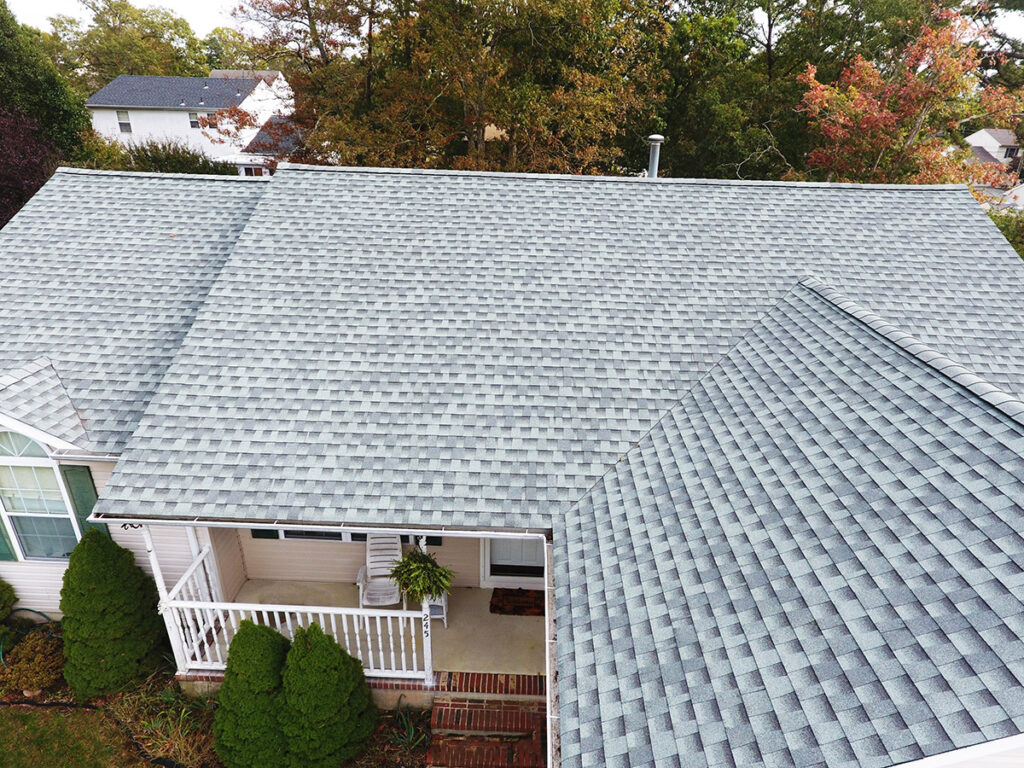
Your roof should look even on both sides and be a uniform color. Using mismatched shingles is one reason why a roof might appear uneven, indicating a substandard roofing work. The roofline should be straight. If you have sagging rooflines or notice a dip or curve along the roofline, that indicates a problem with the roof framing or the roof deck.
Another sign of a good roofing job is color uniformity on the asphalt shingles. If the colors are different, it means your contractor ran out of the shingles they started with and used different shingles for the rest of the job (instead of ordering more). All sections of your roof should be identical in terms of line, shape, and color. A good roofing contractor will order the right quality and quantity of materials to cover the entire roof.
The Drip Edge Flashing is Installed
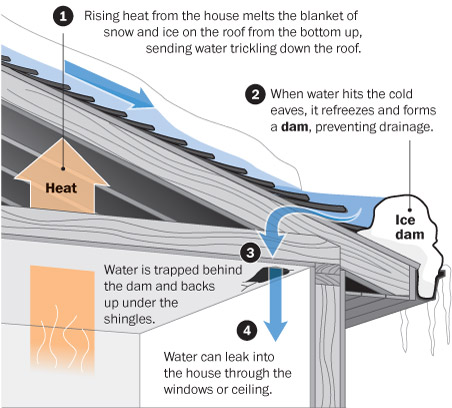
The most common part of a roofing project that gets skipped is the drip edge flashing. Drip edges must be installed for roofing shingles. Drip edge flashing is a material that’s installed at every edge of the roof to prevent water damage and pest infestations.
Check for a metal flashing that fits between the underlayment and shingles. If the flashing is missing, then you know your contractor didn’t install it. A good roofer will ensure proper roof installation of drip edges to seal and protect the roof and help steer water away from the house.
Correct Shingle Installation on the Shingle Roof
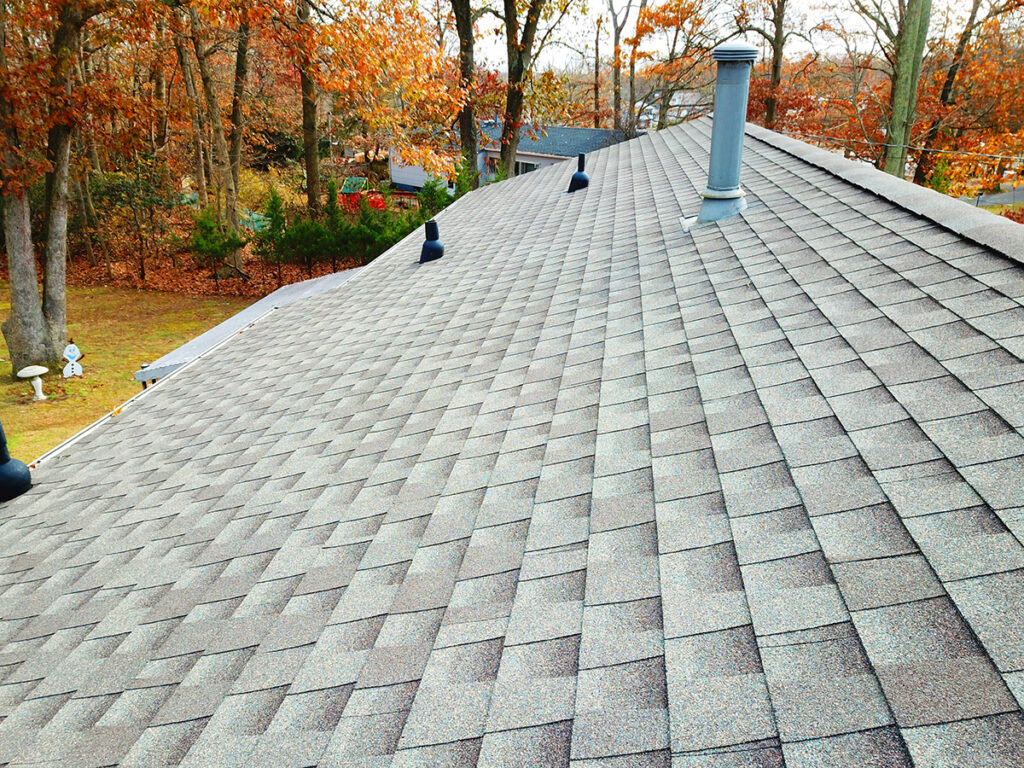
Asphalt shingles are the most popular roofing material used in roofing systems. A good roofing contractor will ensure the singles are installed correctly with enough overlap between each shingle column.
To spot a substandard roofing job, check the shingle alignment and overhang. The shingles should hang between half, and no more than three-quarter inches, over the edge of the roof to prevent wood rot.
For alignment, check if the shingle lines overlap and appear even both horizontally and vertically. Improper shingle alignment will subject your roof to leakage, cracks, and cause serious damage later on.
Your Contractor Implemented Proper Flashing Techniques
The leading cause of roofing damage is water leaks. As such, a good roofing contractor will install metal flashing around the areas that are prone to leaking; pipes and chimneys. A single sheet of metal is not enough for protecting chimneys. Your roofer must install step flashing and counterflashing.
In a bad roofing job, the roofer will reuse flashing materials from previous jobs or substitute metal flashing with roof cement. Check for dents, cracks, and missing nails. New roofing nails won’t go through old holes in reused flashing.
Note: If your roof edges touch walls, your roofer should install kick-out flashing to prevent water from getting to the exterior walls.
You know your roofer did a good job if the roof was properly flashed the first time to prevent costly repairs down the road. An experienced roofer will always replace rusty flashing and new vent pipes if the old ones are worn out. Roofing is a one-time job, and contractors rely heavily on referrals for their next client. Therefore, it’s in the contractor’s best interest to do an outstanding job.
However, there are contractors who choose to cut corners to save costs. To avoid being the victim of a poor roofing job, always check for the following before hiring a roofing contractor:
- -Licensing and registration
- -Contractor’s reputation
- -Communication
- -Experience
- -Insurance
License and Registration
The first red flag of an unscrupulous contractor is a lack of licensing. Roofers are required to have a license issued by the Department of Professional Regulation.
After a roofing job is complete, your home is subject to inspection by the local council to ensure your contractor followed the building codes and rules and for the safety of the neighborhood.
A license shows credibility and exempts you, the homeowner, from liability should anything go wrong.
Check Your Contractor’s Reputation
No one speaks better on behalf of a contractor than a former client.
Contact the contractor’s previous clients to find out about their experience and roofing results. Visit the contractor’s website or social media pages to find reviews and former clients’ contact details.
Don’t just talk to one client. Get verification from at least two to make sure the contractor’s work is consistent. You should also go through our checklist for hiring a roofing contractor.
Communicate With Your Contractor
Communication is important in every business relationship. Your contractor should provide timely updates on the roofing progress and communicate clearly if any issues arise
Failure to communicate is a red flag. You should consider terminating the job before they get any further and find a new roofer, or stay on-site to keep a close eye on the progress being made.
Experience is Valuable
While it’s not wrong to work with a newcomer in the roofing industry, it’s better to work with an experienced contractor.
Roofing is a complex job and a lot can go wrong. An experienced roofer will have dealt with hurdles before. Their experience equips them to anticipate challenges and mitigate them before they occur.
Make Sure Your Contractor Has Insurance
Roofing is expensive, and you should not incur extra costs for damages caused by a roofing job.
It’s important to ensure that your contractor has insurance with property protection, general business liability and has clearly stated their limit and minimum coverage.
Please get in touch today, and we’ll gladly provide expert advice on your roofing project.
Free Roof Estimates
"(required)" indicates required fields

